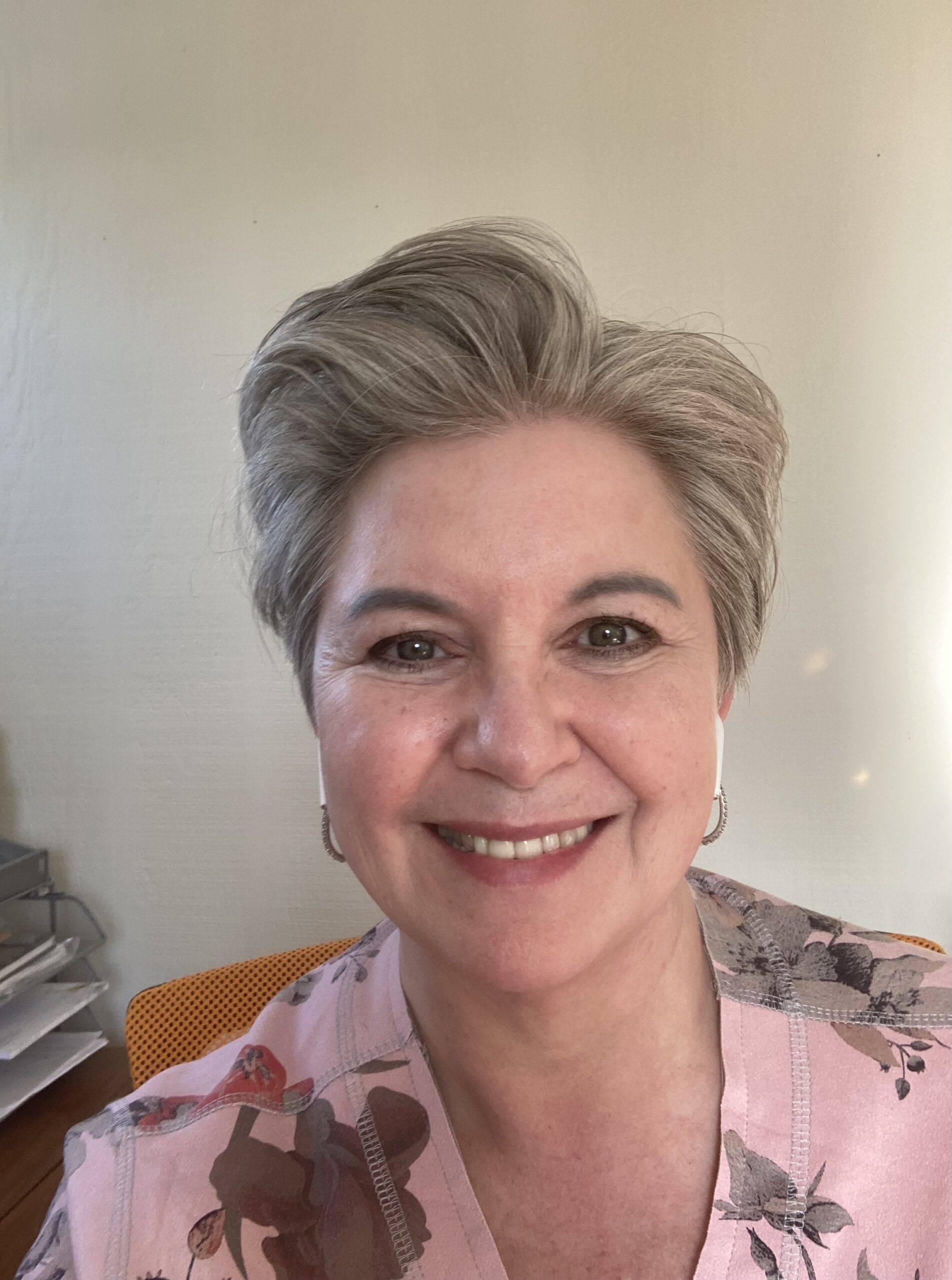
Fundraising plays a critical role in sustaining both healthcare and education sectors, ensuring they continue to provide essential services and support to their communities. While the objectives of these sectors differ, there are valuable lessons that advancement professionals in education can glean from the urgency and strategies employed in healthcare fundraising. This article explores the pressing needs faced by hospitals and independent schools, identifies key reasons for philanthropic giving, and outlines lessons from healthcare fundraising applicable to education fundraising.
Understanding the Urgency:
Hospitals confront a myriad of challenges necessitating urgent fundraising efforts. These include an aging population with increasing healthcare needs, evolving reimbursement models, rising costs, workforce shortages, changes in patient volume, and the imperative of upgrading aging infrastructure and adopting new technologies. Additionally, healthcare organizations grapple with overwhelmed leadership, mergers, charity care obligations, and competition.
Similarly, independent schools encounter their own set of urgent challenges. These encompass a funding model typically reliant on an annual fund to fill the gap left by tuition revenue, the impact of a shrinking middle-class on enrollment and giving, adapting to shifting demographics, reversing decreasing alumni giving trends, upgrading aging facilities, and addressing pressing issues such as student mental health, the importance of an inclusive culture, and faculty retention. Furthermore, increasing nonprofit competition for philanthropic dollars adds urgency for educational institutions to enhance their fundraising efforts.
Motivations for Giving:
Understanding the motivations behind philanthropic giving is crucial for crafting effective fundraising strategies. In healthcare fundraising, donors are often motivated by personal connections and gratitude for the care they or their loved ones have received. Additionally, there could be a desire to advance medical treatments, improve quality of care, or gain access to VIP services. Conversely, in education fundraising, donors are driven by their connection to the institution, gratitude for the education their children receive, and the opportunity to access leadership.
Lessons from Healthcare Fundraising:
Lesson One: Focus on Mission, Not Margin
Healthcare fundraising emphasizes patient care, research, and community benefit, aligning closely with the sector’s mission-driven approach. In contrast, education fundraising can often fall into the trap of using competitive language: “Break the 25th Reunion Giving Record!” or “Help us make our goal!” While some prospects may be motivated by such appeals, research has shown that many constituents perceive it as exclusive language, discouraging giving Segmenting and personalizing outreach is crucial, with technology enabling this customization. Prioritize consistent messaging, personalize appeals, show specific examples of impact, and refrain from focusing solely on financial margins.
Lesson Two: Engage Your Experts
Healthcare leaders understand that philanthropy can save lives and sustain hospitals. They prioritize philanthropy, providing training and coaching for staff on engaging potential donors. Physician referrals are particularly valuable. Conversely, educational institutions may perceive philanthropy as a “necessary evil.” How often do education faculties meet to solicit donor referrals? Schools should establish expectations for advancement collaboration with faculty and staff, set performance indicators for referrals, provide coaching, integrate fundraising into job descriptions, and celebrate successes.
Lesson Three: More Frequent Appeals and With Urgency
Healthcare fundraising employs multi-annual appeals, special events, and responds urgently to crises or capital needs. The traditional fundraising cadence in schools often comprises an annual fund, unrestricted campaign, special events, and periodic capital campaigns. Effective advancement departments reconsider this model, adopting a continuous fundraising approach aligned with evolving school needs and donor interests. Incorporating major gifts programs for micro-campaigns and evergreen needs, thinking beyond traditional fundraising cadences, and making urgent appeals regardless of specific campaigns can yield impressive gains.
Lesson Four: Work Smarter
Healthcare fundraising utilizes sophisticated donor and prospect wealth screening, daily reports on new patients, and extensive analytics for key performance indicators. Educational institutions should leverage similar tools, employing metrics and technology effectively. Integration of liquidity event AI tools, consistent prospect review meetings, and periodic all-staff time tracking analysis ensure proper prioritization.
Lesson Five: Use Volunteers More Wisely
Hospitals often have foundation boards focused on fundraising, reducing reliance on event-driven volunteer auxiliaries. Similarly, educational institutions should recruit boards and committees with clear philanthropic expectations, define the role of parent and alumni groups, and integrate philanthropy into trustee recruitment and orientation.
The urgency and challenges in healthcare fundraising offer valuable lessons for independent school fundraising. By prioritizing mission-driven approaches, engaging experts, making more frequent appeals with urgency, working smarter, and using volunteers wisely, educational institutions can enhance their fundraising efforts to address pressing needs and sustain their mission of providing quality education. Adopting such lessons is crucial for ensuring the long-term success and impact of schools.
_____
References:
Association of Fundraising Professionals (AFP) 2019, AFP’s Donor Motivation Report
Lilly Family School of Philanthropy, 2018, Lilly Family School of Philanthropy’s Donor Motivation Study
The Nonprofit Times, 2017, The Nonprofit Times article on effective communication strategies for nonprofits
Council for Advancement and Support of Education (CASE), 2020,
Research on faculty engagement in fundraising efforts Blackbaud’s Charitable Giving Report, 2021, Blackbaud’s annual report on charitable giving trends
Salesforce 2019, Salesforce’s Nonprofit Trends Report
Independent Sector, 2016, Independent Sector’s report on volunteer engagement and fundraising



